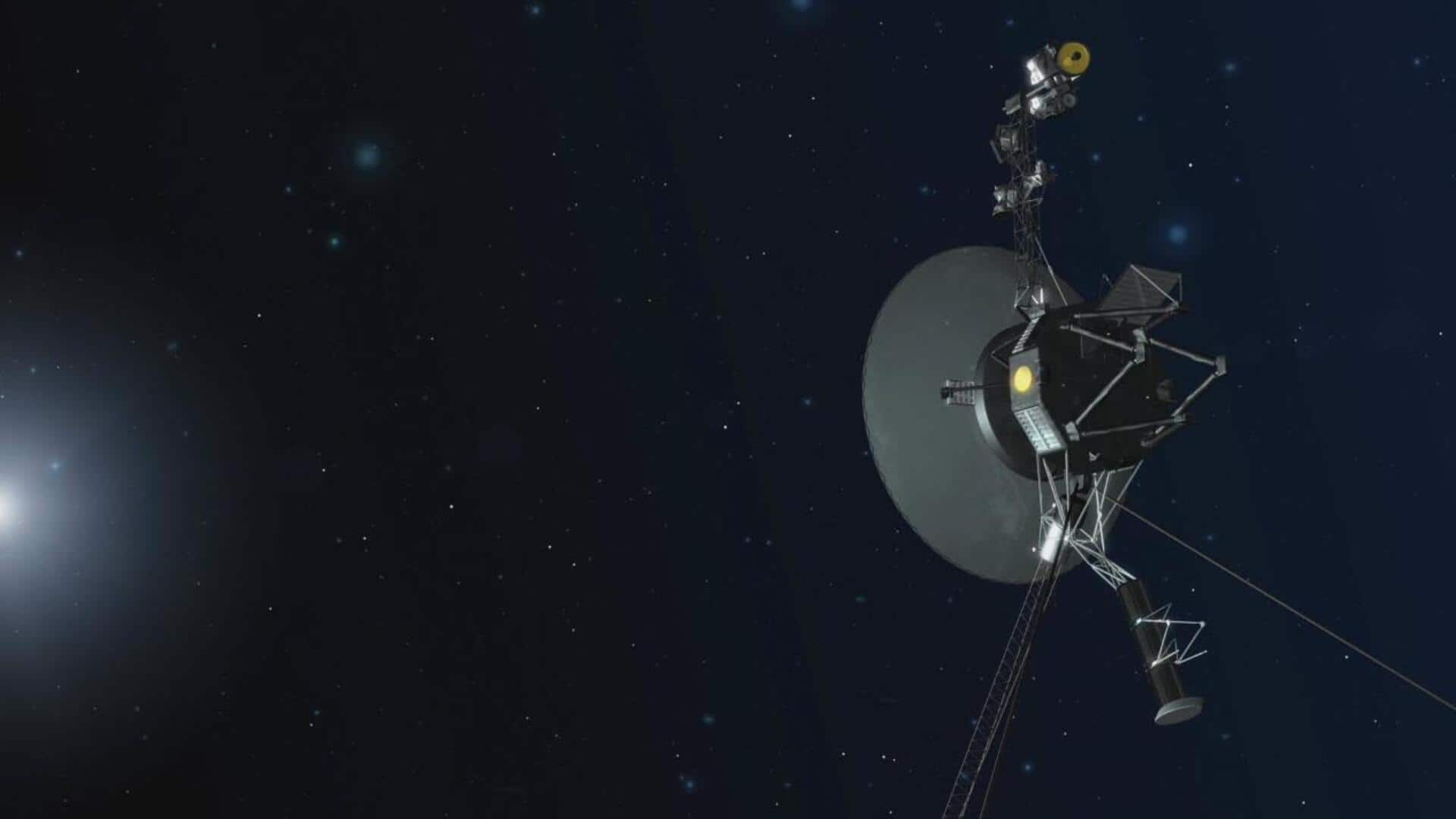
How NASA lost and regained signal from Voyager 2 spacecraft
What's the story
NASA lost contact with Voyager 2 on July 21, after certain commands changed the spacecraft's orientation, causing its antenna to point two degrees away from Earth. As a result, its signals couldn't reach ground systems and operators couldn't send signals to reposition the spacecraft. Fortunately, on July 31, NASA detected a faint "carrier signal" from Voyager 2, confirming it is still operating.
What Next?
The attempt to reconnect
Mission controllers are working on a new command to shift Voyager 2's antenna toward Earth. The spacecraft is built to automatically alter its orientation a few times each year. After the next reset, scheduled for October 15, operators expect communications to be restored. Meanwhile, the team will keep tabs on the "heartbeat signal" and try to redirect the spacecraft.
Details
Voyager 2 is designed to study outer solar system
Launched in 1977, Voyager 2 is designed to study the outer solar system, namely Jupiter, Saturn, Uranus, and Neptune. It is the second-most distant spacecraft from Earth—20 billion kilometers away—after its predecessor, Voyager 1. Voyager 2 was the" first human-made object" to fly past Uranus and Neptune. Several of its onboard scientific instruments are still transmitting data to Earth ever after 46 years.